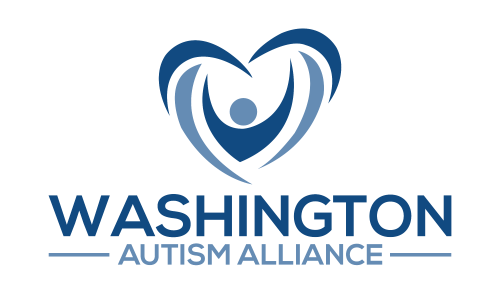
Understanding the course of autism symptoms over a period of years could help clinicians diagnose cases after early childhood.
Autism spectrum disorder is often diagnosed early in life using markers such as delayed speech. Understanding the course of autism symptoms over a period of years could help clinicians diagnose cases after early childhood.
The longitudinal cohort study comprised 140 children referred for autism spectrum disorder. Caregivers completed the Autism Diagnostic Interview-Revised, which is based on the Diagnostic and Statistical Manual and Mental Disorders, 4th Edition. Assessments took place at age 2, 3, 9, and 19, and in one location, age 5.
Patients were not excluded if they received treatment; post hoc analyses were completed and indicated no differences based on treatment type or duration.
The majority of children were language delayed at age 2. By age 3, different verbal trajectories had begun to emerge. The participants were grouped based on their language development at age 3 and 19: verbal-verbal (n=49), delayed speech-verbal (n=46), or delayed speech-minimally verbal (n=45).
All groups showed significant decreases in overall symptoms across the 17-year study. The verbal group showed the largest social-communication improvements across the board, but especially between age of 2 and 3 (ie, during the same period they acquired speech). And while the minimally verbal group showed an overall notable decrease in symptoms over time, there were no significant decreases between any 2 age markers.
Specific areas of improvement varied by group and age, with some improvements occurring unevenly between groups, if at all. Only the verbal group showed significant improvements in social smiling skills. Of note, the delayed speech group closed the gap in nonverbal communication skills with the verbal group by age 19.
One stable trait across all groups and ages was difficulty with facial expressions. The investigators proposed that this finding might suggest “that emotional expression through facial behavior may be a core deficit in [autism spectrum disorder] that warrants more systematic study across the lifespan.”
Reference
Bal V, Kim S, Fok M, and Lord C. Autism spectrum disorder symptoms from ages 2 to 19 years: implications for diagnosing adolescents and young adults [published online August 12, 2018]. Autism Research. doi:10.1002/aur.2004
This article is originally posted by L.G. Berry on September 11, 2018


